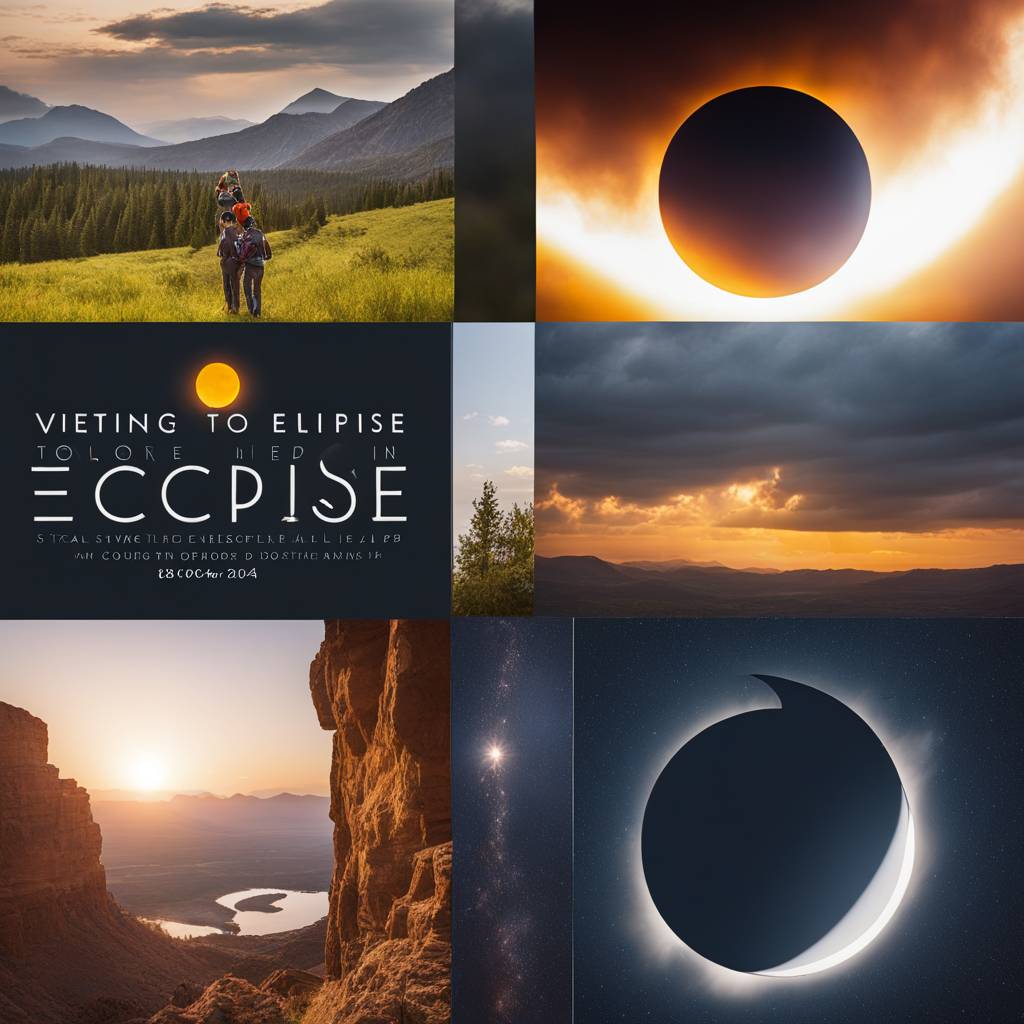Millions of people across North America are preparing for a total solar eclipse on Monday, which will darken skies for a few minutes and be visible from parts of Mexico, the United States, and Canada. This special event, known as the path of totality, will allow spectators to witness the sun’s corona, or outer atmosphere, usually obscured by the bright sun’s face. Anthony Aveni, a professor at Colgate University and author of a book on solar eclipses, describes this once-in-a-lifetime experience as breathtaking and awe-inspiring.
The total eclipse will begin in parts of Mexico and exit in Newfoundland, Canada, traveling across the US from west to east. The exact time of visibility will vary depending on the location within the path of totality. The eclipse will last only a few minutes in each area, with a partial eclipse visible before and after the total eclipse. During the total eclipse, the moon will completely block out the sun, creating a dark sky and allowing the viewing of the sun’s corona before returning to partial eclipse as the moon moves away.
The lengthy and detailed rituals surrounding ancient beliefs around total solar eclipses are intriguing. In ancient civilizations, solar eclipses were often viewed as bad omens or signs of celestial beings. However, in today’s modern world, these events are seen as opportunities to marvel at the wonders of nature and science. Safety is of utmost importance when viewing a total solar eclipse, as looking directly at the sun without proper protection can result in permanent damage to the eyes. The use of specially designed solar glasses or viewing devices is recommended.
The duration and visibility of a total solar eclipse can vary depending on several factors, such as the angle at which the moon’s shadow strikes, the curvature of the Earth, and the proximity to the centerline of the path of totality. While the eclipse itself can last up to three hours, the period of totality typically only lasts a few minutes. Those closest to the centerline will experience the longest period of totality, while those farther away will have shorter durations. The longest period of totality for the April 8 eclipse will occur in Torreon, Mexico.
Following the April 8 total solar eclipse, the next occurrence will be on August 12, 2026, over Greenland, Iceland, and Spain. Subsequent total eclipses will follow in northern Africa, Gibraltar, Saudi peninsula, Alaska, Western Canada, Montana, and North Dakota, with a coast-to-coast event in the US occurring in 2045. Despite the relatively frequent occurrences of total solar eclipses, each event remains a unique and awe-inspiring spectacle worth experiencing. So while we await the next total solar eclipse, let’s remember to appreciate the beauty and wonder of the natural world around us.













